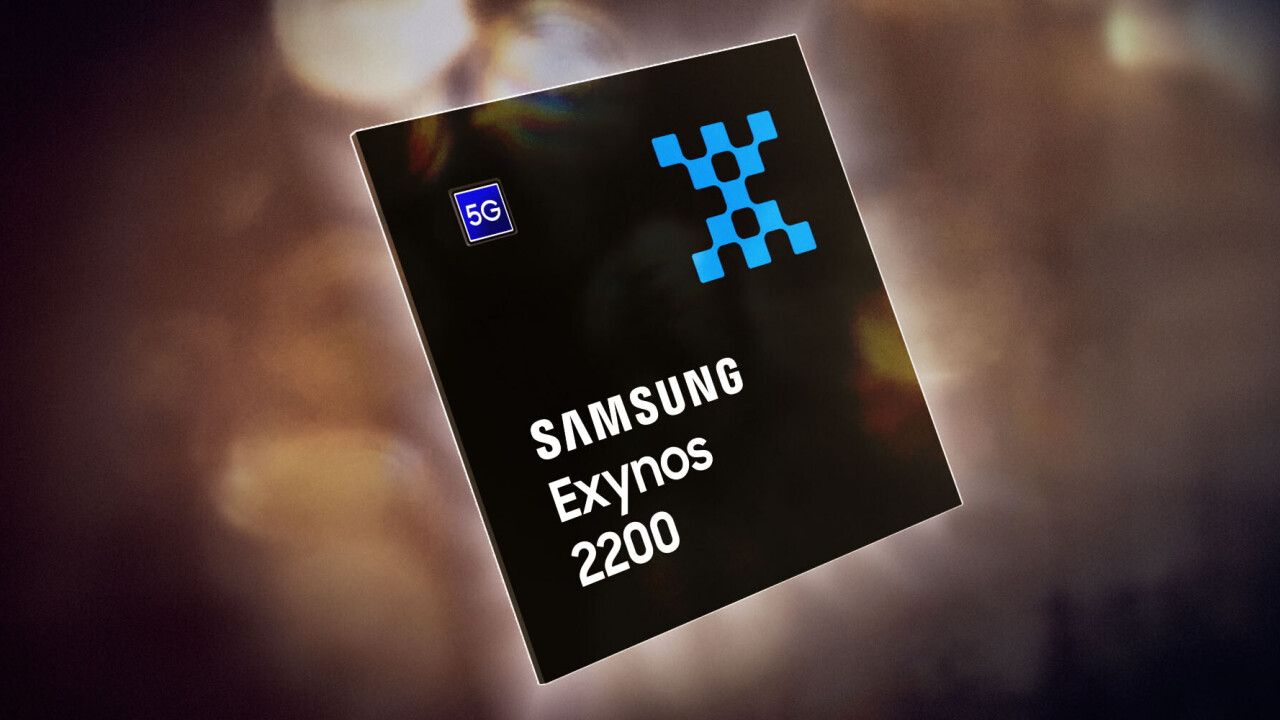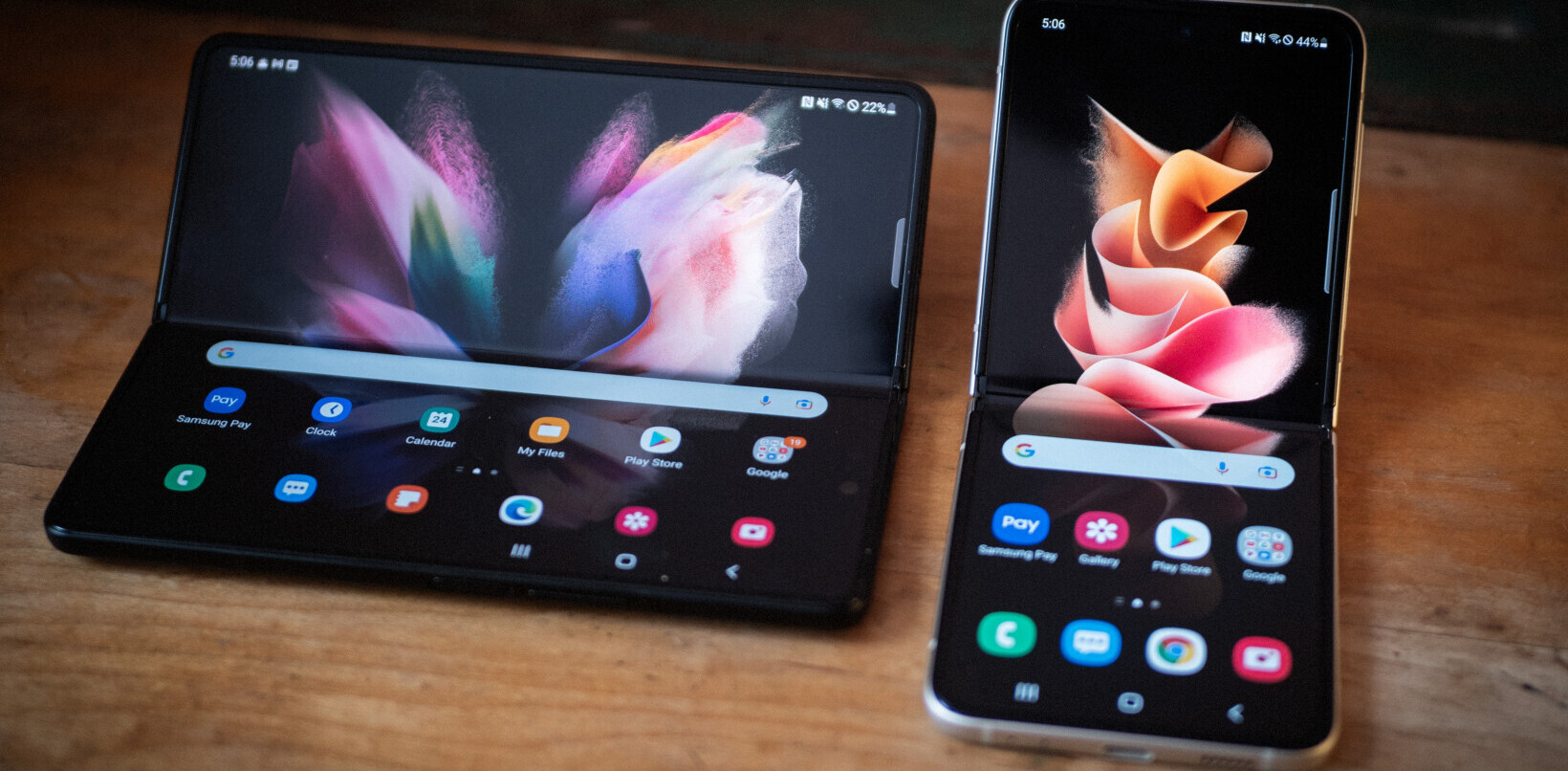
The popularization of ray tracing has led to one of the biggest leaps in graphics quality in recent memory, but so far the technology has only graced PC and console rigs. Now Samsung is preparing to bring ray tracing to phones with the announcement of the Exynos 2200 processor, with a new ‘Xclispse’ GPU powered by AMD’s RDNA 2 architecture.
The partnership between Samsung and AMD was first announced in June of last year, and the Exynos 2200 was actually supposed to launch last week before Samsung ghosted everyone. It’s here now though, and it spells an interesting future for gaming on smartphones — while helping Samsung differentiate its hardware from Qualcomm’s ever-popular Android chips.
For those not in the know, RDNA 2 is AMD’s current flagship graphics architecture — the same tech powering the Xbox Series X and Playstation 5. Of course, having more powerful graphics overall will help push more polygons, but raytracing is the real star of the show. While traditional lighting (AKA rasterization) in games works by essentially using clever trickery to approximate believable lighting, ray tracing behaves much more like real light, simulating the actual path light rays would take from their source to your eyes.
In the real world, light might enter from a window, bounce off the floor, to a wall, then onto a helmet before you actually see it. Shadows are created when the light’s path is blocked by an object, and still other times light is redirected by objects. Ray tracing can simulate all these things.
If you need more convincing, have you ever wondered what makes lighting look so much better in a Pixar movie than your typical AAA title? You guessed it: it’s ray tracing. The reason it hasn’t been more common in games is simply that it takes a whole lot of processing power to use ray tracing in real-time — movie studios have the luxury of being able to render over a long period of time with thousands of GPUs at their disposal.
Not everyone thinks ray tracing is the bees-knees, mind you — games usually take a major performance hit to apply the technology, and very good art design can make plain old rastered graphics look almost as good. For competitive gaming, it’s likely dead on arrival. But I’d argue that on a small phone screen, where high resolution is overkill and most games don’t need super-high framerates, raytracing can make for a more palpable improvement than most other graphical advances. I’d much rather sacrifice a few pixels here and there for realistic lighting.
Rayt racing aside, the Exynos 2200 also brings variable-rate shading, which basically allows the GPU to pick and choose which parts of the image need more complex processing. In terms of CPU power, the chip uses the latest ARM v9 CPU cores, putting it head to head with Qualcomm’s new Snapdragon Gen 1.
It’s worth noting that Samsung’s Exynos chips have typically not been available in US models, which opted for Qualcomm chips instead. In the last few years, Qualcomm chips have also tended to be a little more powerful and efficient, so Americans were arguably getting a better deal. But given the promised improvements in graphics quality this time around, I wouldn’t be surprised if Samsung decided to go all Exynos this year (it’s happened before, with the Galaxy Note 5). Now that Google is making its own chips too, it looks like Qualcomm is going to have to step its game up.
You can read more about the Exynos 2200 here.
Get the TNW newsletter
Get the most important tech news in your inbox each week.




